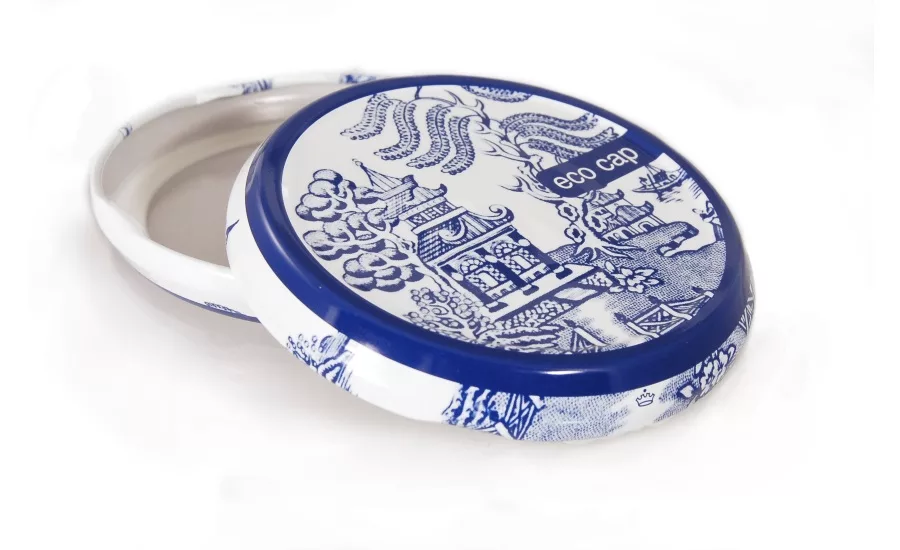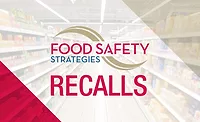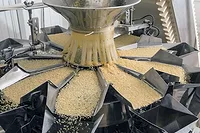The vital role of packaging in brand protection


Brand image, value and reputation are foundational to the success of any consumer packaged goods (CPG) company. As CPGs face increasing competition both in store and online and contend with evolving demands from consumers, building a strong brand and then protecting that brand is vital to their longevity.
A product’s package has an important role to play in brand protection. But protection means more than simply guarding against damage during transport. While packaging certainly provides this benefit, when it comes to food and beverages, it also protects the very attributes that keep consumers returning to a product. The right packaging material will help brand owners uphold the nutritional value of their products, safeguard product quality, ensure food safety, extend shelf life and support sustainability. Thanks to its many inherent properties, metal packaging, including vacuum closures, food cans and beverage cans, is well positioned to deliver such benefits to brand owners and consumers alike.
Supporting healthy diets
Some consumers believe that canned foods are less nutritious than their fresh or frozen counterparts. But, in fact, nothing could be further from the truth. Canned foods are nutritionally on par with fresh and frozen products, and in many cases, they are actually more nutritious. Canning facilities are strategically located near farms so that fruits and vegetables are packaged within hours of being picked—the time when they are at their freshest. The food is then cooked in the can to destroy bacteria, leaving a low oxygen environment that maintains the same amount of vitamins and nutrients from the day the food was canned—without the need for any chemical preservatives—for the can’s entire shelf life.
This is an important distinction between canned and fresh foods. Fruits and vegetables begin to lose nutritional value from the first moment they are picked, which is why canning and freezing facilities are located near farms. It can, however, sometimes take weeks to transport fresh produce from the farm to store shelves, during which many of the valuable nutrients can be lost. As a result, fresh food is typically treated with preservatives after picking that prevent it from spoiling but also expose consumers to otherwise unnecessary chemicals. When it comes to frozen foods, produce is immediately flash frozen to lock in freshness. However, brands are then faced with high energy costs to maintain vegetables in that frozen state during storage, transportation and in the retail environment. Canned goods avoid this problem since they can be transported as-is without even refrigeration.
Delivering a strong record of safety
The Centers for Disease Control and Prevention estimate that each year, 48 million people get sick from a foodborne illness, 128,000 are hospitalized and 3,000 die. Canned foods offer a safer packaging option thanks in part due to the canning process that creates a barrier to microbiological contamination. The high temperatures of retort cooking effectively sterilize the food in cans, which is critical to maintaining the safety of those products. As metal packaging transfers heat to the food during the retort process more rapidly than alternative materials and allows the heat to completely penetrate to the center of the product, the food is completely cooked and preserved without risk of spoiling during storage. According to the U.S. Food & Drug Administration, there has not been an incident of food-borne illness resulting from a failure of metal packaging in more than 40 years.
Metal closures also support high standards of protection. Security features such as plastic tamper evident bands and sleeving give consumers peace of mind that products have not been opened or compromised on their journey to the shelf. Vacuum buttons are another optional safety feature, with their reassuring “pop” sound creating an emotional connection with buyers and immediately conveying a sense of security.
Looking for quick answers on food safety topics?
Try Ask FSM, our new smart AI search tool.
Ask FSM →
Keeping food fresher for longer
Once the packaging process is complete, food cans and metal closures continue to preserve the quality and freshness of the foods they contain most effectively. Food typically degrades after extended exposure to air or sunlight, and metal is the only material that completely prevents these elements from infiltrating the package. This is, of course, why products ranging from condensed milk and baby food to pet food and vegetables have traditionally been packaged in metal, as the barrier of the can best protects and greatly extends the product’s shelf life and prevents premature spoilage.
Appealing to sustainability-minded consumers
In an April 2019 Omnibus study of more than 21,000 U.S. households, global measurement and data analytics company Nielsen found that products that are environmentally friendly and use recycled packaging resonate most strongly with consumers overall.[1] Metal packaging also excels in this arena since its raw materials, aluminum and steel (formed from iron), are abundant. In addition, unlike many other materials, metal is 100 percent recyclable, recycled at high levels and can be recycled infinitely in a material-to-material loop, helping power the circular economy. For example, the beverage can a consumer drinks from today can return to the shelf as another beverage can in as few as 60 days.
Food waste is also a significant sustainability concern, with roughly one-third of the food produced in the world for human consumption every year—approximately 1.3 billion metric tons—lost or wasted.[2] With built-in barrier properties and availability in a range of sizes to accommodate individual or multiple portions, metal packaging can serve as a powerful waste prevention tool in food manufacturers’ arsenal.








